English 3
Click on the pictures. Worksheets to print. (Pincha en las imágenes. Fichas para imprimir)
EDULAND
INCREDIBLE ENGLISH 3
STARTER UNIT
THE ALPHABET
THE NUMBERS
- Numbers:
- 1-10: one, two, three, four, five, six, seven, eight, nine, ten.
- 11-20: eleven, twelve, thirteen, fourteen, fifteen, sixteen, seventeen, eighteen, nineteen, twenty.
- 10-100: ten, twenty, thirty, forty, fifty, sixty, seventy, eighty, ninety, a hundred.
Numbers
Numbers
MONTHS OF THE YEAR
DAYS OF THE WEEK
TIGER TEAM 3
UNIT 1 A computer for the club
Vocabulary
play games: jugar a juegos
listen to music: escuchar música
watch films: ver películas
use a computer: usar el ordenador
go on excursions: ir de excursión
take photos: hacer fotos
help people: ayudar a la gente
paint pictures: pintar dibujos
make things: construir cosas
do sports: hacer deporte
read books: leer libros
write sories: escribir historias
song song: cantar canciones
List of free time activitiesMore words
thief: ladrón
laptop: ordenador portátil
window cleaner: limpiador de ventanas
take: coger
give: dar
policeman: policía
ladder: escalera
magazine: revista
perhaps: quizás
free time: tiempo libre
Grammar
Short answers: Yes, I do / No, I don't
Song
Reinforce Activities
Exercise 1
Exercise 2
Exercise 3
Exercise 4
Exercise 5
Exercise 6
Videos
Vocabulary
Body parts:
teeth: dientes
tail: cola
claws: garras
feathers: plumas
whiskers: bigotes
wings: alas
shell: caparazón
fur: piel (con pelo)
beak: pico
scales: escamas
Animals:
tiger: tigre
monkey: mono
cat: gato
parrot: loro
bird: pájaro
turttle: tortuga
hare: liebre
rabbit: conejo
fish: pez
crocodrile: cocodrilo
snake: serpiente
lizard: lagartija
hamster: hamster
frog: rana
cheetah: guepardo
elephant: elefante
chameleon: camaleón
Types of animals:
mammals: mamíferos
reptiles: reptiles
birds: aves
Grammar
Afirmative
It has got a shell (Tiene un caparazón)Negative
It hasn't got whiskers (No tiene bigotes)
Interrogative
Has it got a tail? (¿Tiene cola?)
Short answers
Yes, it has (Si, tiene)
No, it hasn't (No, no tiene)
Cuando hablamos sobre animales en singular usamos it y en plural they.
Colocamos a (un, una) delante de las partes del cuerpo que van e singular: a tail, a beak, a body, a head, a shell.
No colocamos a delante de las partes del cuerpo que van en plural: feathers, scales, wings, whiskers, claws, fur, hair.
| Affirmative | |||||
| I | have got | I've got | yo tengo | ||
| you | have got | you've got | tú tienes/vosotros tenéis | ||
| he | has got | he's got | él tiene | ||
| she | has got | she's got | ella tiene | ||
| it | has got | It's got | animal o cosa tiene | ||
| we | have got | we've got | nosotros tenemos | ||
| they | have got | they've got | ellos tienen |
Negative
| I | haven't got | yo no tengo | |
| you | haven't got | tú no tienes/vosotros tenéis | |
| he | hasn't got | él no tiene | |
| she | hasn't got | ella no tiene | |
| it | hasn't got | animal o cosa no tiene | |
| we | haven't got | nosotros no tenemos | |
| they | haven't got | ellos no tienen |
| ||||||||||||||||||
Yes, I have Si, tengo No, I haven't No, no tengo
Yes, he has Si, él tiene No, he hasn't No, no tiene
Yes, she has Si, ella tiene No, she hasn't No, ella no tiene
Yes, it has Si, animal tiene No, it hasn't No, animal no tiene- WILD ANIMALS:
- NEWS: crocodile, parrot, zebra, python, monkey, gorilla, lion, flamingo.
- Revision: elephant, tiger, hippo, rhino, giraffe, snake, whale, dolphin, shark.
- Pets (revision): dog, cat, mouse, rabbit,
- Farm animals(revision): horse, hen, pig, cow, chicken
BODY PARTS (animals):
News: feathers (plumas), whiskers (bigotes), claws(garras), scales (escamas) - HEAD: a mouth, a nose, a beak (pico), a trunk(trompa), ears, eyes, hair, teeth (a tooth),horns(cuernos)
- BODY: a neck, a tail(cola), fins(aletas),wings, arms,feet(a foot),legs
ADJETIVES: big, small, long, short, funny, dangerous, beautiful, strong, friendly, intelligent, fast, slow.
ACTIONS / ABILITIES:
- Jump, walk, run, fly, swim, climb, wriggle(reptar), hunt(cazar), bite(picar).
- Live, eat.
HABITAT:
- Jungle, desert, river, ocean, sea, lake, mountain, forest(bosque), savannah, Pole North, farm, home.
- Classification: Terrestial (on land), aquatic (in water), aerial (in air).
FOOD:
- Carnivours: small animals, insects, fish, meat.
- Herbivours: plants, grass, leaves, fruit, flowers.
BIRTH:
· Mammals· Birds
· Reptiles
STRUCTURES
Colour Verb to be (ser)
It can fly
It can't swim
Parrots can talk but they can't run
Can it run? Yes, it can/ No, it can't
- The snake is green.
- It's black and white.
- Is it brown? Yes, it is/ No, it isn't
- It's long.
- It's very small.
- It isn't big.
- It isn't very short.
- Is it log? Yes, it is / No, it isn't
Body / Description Verb to have got (tener)
- It's (has) got big ears.
- It's got a short tail.
- It hasn't got legs.
- It hasn't got a yellow head.
- Has it got four legs? Yes, it has/ No, it hasn't
It can't swim
Parrots can talk but they can't run
Can it run? Yes, it can/ No, it can't
Habitat Verb to live: vivir
- Whales live in oceans.
- Do they live in water? Yes, they do/ No, they don't
Food Verb to eat: comer / like: gustar
- Gorillas eat bananas.
- They like green leaves.
- They don't eat meat.
- Do they eat plants? Yes, they do/ No, they don't
ANIMALS DESCRIPTIONS
It is big. It can swim but it can't fly. It has got big teeth and a long tail. It lives in water and on land. It eats meat.
REINFORCE ACTIVITIES
Activities online
- Animals 01. What is it? Elige la opción correcta.
- Animals 02.
- Wild animals 01. Wild animals and exercises with "can" and verbs fly, run, jump, swim etc.
- Wild animals 02.
- Animals for young learners. Animals for young learners: 1. What is in the picture? 2. Write the missing letters 3. Write the words.
- ABC at the Zoo. Basic Vocabulary for beginners.
- 2 exercises Kindergarten Children. This material consists of 2 exercises. 1 Answer the questions 2. What animal is it?
- Where do they live? Animals and habitats. First of a serie of exercises on animals and their habitats and what they can or can´t do.
Songs
Noah's Ark.
Stories:
- Who's eating who in the cruel jungle?
- Brown Bear, Brown Bear, What Do You See?. The story introduces a series of animals asking the same question, "What do you see?"
EXTENSION ACTIVITIES
Wild Animals 1 - Writing. Wild Animals - Vocabulary is the first of a group of activities to practice different vocabulary about wild animals. This exercise let you learn the names of wild animals with writing activities. The previous part has got reading activities. Following exercises in this series are: 2. Wild Animals - Body Parts, 3. Wild Animals - Food & Habitat, 4. Wild Animals - Abilities.
Fearsome Creatures 1 (Dangerous Animals Vocabulary). Comprehensive online reading and writing exercise featuring 10 dangerous animals. Students read the text, click on the correct answers (multiple choice and True/False) or write the answer themselves. It also introduces new vocabulary in an interesting way (e.g. mammal, gills, venous etc.).
Fearsome Creatures 2 (Beware: Dangerous Vocabulary). Comprehensive online reading and writing exercise featuring 10 dangerous animals. Students read the text, click on the correct answers (multiple choice and True/False) or write the answer themselves. It also introduces new vocabulary in an interesting way (e.g. mammal, gills, venomous etc.).
Going To The Zoo. Online Activities for a fun, amusing song about the family going to the zoo. Thank you for your comments and suggestions.
Animals.
Wild Animals 02. Online exercise consisting of 3 parts: how to spell animal names (16 animals), where animals live (continents) and what they eat. Can be used with both young leaners and older students (level elementary, pre-intermediate).
The Animals. Para revisar tu conocimiento sobre los animales.
UNIT 3 SPORTS STAR
VocabularyGrammar
Para expresr las comidas que nos gustan usamos el verbo like con la estructura
Sujeto + LIKE / LIKES + alimento
Sujeto + DON'T / DOESN'T + LIKE + alimento
VOCABULARY
fruit juice: zumo de fruta
strawberries: fresas
yogourth: yogur
milk: leche
ice cream: helado
chocolate
crisps: patatas de paquete
salad: ensalada
chicken: pollo
sandwiches
water: agua
cheese:queso
fish: pescado
egg: huevo
onion: cebolla
sausages: salchichas
tomatoes: tomates
potatoes: patatas
meat:carne
bread: pan
carrots: zanahorias
sugar: azúcar
ham: jamón
tuna: atún
biscuit: galleta
banana: plátano
apple: manzana
orange: naranja
FOOD
FOOD
FOOD
FOOD
FOOD
FOOD
FOOD
FOOD
FOOD
FOOD
FOOD
UNIT 5 THINGS WE DO EVERYDAY
VOCABULARY
- Daily routines:
- Health: (Hábitos de vida saludables)
- wake up :despertarse
- get up: levantarse
- go to bed: acostarse
- have a shower: ducharse
- brush my teeth: cepillarse los dientes
- wash my face: lavarse la cara
- wash my hands: lavarse las manos
- comb my hair: peinarse
- get dressed: vestirse
- have breakfast: desayunar
- have lunch: almorzar
- have dinner: cenar
- put on my pyjama: ponerme el pijama
- Hobbies:
- Sports:
- Music:
- Work:
- go to school: ir al colegio
- go home: ir a casa
- study: estudiar
- do my homework: hacer mis deberes.
- do my housework: hacer taras de casa
- make my bed: hacer mi cama
- tidy my room: ordenar mi habitación
- lay the table: poner la mesa
- go to the shop: ir a la tienda
- go to the supermarket: ir al supermercado
- go to the bakery: ir a la panadería
- go to church: ir a la iglesia
- go to the school of music: ir al conservatorio
- go to the school of dance: ir a la escuela de baile
- go to the swimming pool: ir a la piscina


- Hours:
- o'clock: en punto
- half past : y media
- quarter past: y cuarto
- quarter to: menos cuarto
STRUCTURES
I get up at eight o'clock: Me levanto a las ocho en punto.You don't go to bed at half past ten: Tú no te acuestas a las diez y media
She has breakfast at half past eight: Ella desayuna a las ocho y media.
Do you go to school at nine o'clock? Yes, I do ¿Vas al colegio a las nueve en punto? Si.
Do you brush your teeth at ten o'clock? No, I don't. ¿Te cepillas los dientes a las diez en punto? No.
REINFORCE ACTIVITIES
Daily Routines. Actividades online para practicar el vocabulario y las estructuras en Presente Simple relacionadas con la rutina diaria. Varios niveles. PULSA EN FULL SCREEN
- Daily routines – present simple
- Daily routines exercise
- Every day activities
- Every day life
- Telling the time
- The time exercices
- Times exercice
- Times game
- Times game
- Times game
- What time is it?
- What's the time?
- What's the time?
Audio exercise
Unit 6 At the Beach
lying on the shade
playing volleyball
snorkelling
putting on sun cream
fishing
swimming in the sea
making a sandcastle
playing with a bat and a ball
playing frisbee
collecting shells
making a sandcastle
playing with a bat and a ball
playing frisbee

|
|
| |||||||||
|
|
|
| ||||||||
|
|
Present Continuous
Grammatical Rules
Form
Para formar el presente continuo se utiliza el verbo auxiliar "to be" y el gerundio (infinitivo + "-ing") del verbo.| Sujeto | Auxiliar (to be) | Gerundio |
| I | am | talking, eating, learning, doing, going... |
| He, She, It | is | talking, eating, learning, doing, going... |
| You, We, They | are | talking, eating, learning, doing, going... |
Structure
Affirmative Sentences
Estructura Sujeto + verbo auxiliar ("to be") + gerundio ("-ing").
GAMES 1- Ejemplos:
- I'm talking. (Estoy hablando.)
- He's [He is] eating. (Está comiendo.)
- They're [They are] learning. (Están aprendiendo.)
- Interrogative Sentences Verbo auxiliar ("to be") + sujeto + gerundio ("-ing")?
- Ejemplos:
- Are you talking? (¿Estás hablando?)
- Is he eating? (¿Está comiendo?)
- Are they learning? (¿Están aprendiendo?)
GAMES 2
GAMES 3
GAMES 4
Present continous
What are you doing? ¿Qué estás haciendo?
I am making sandcastles: Yo estoy haciendo castillos de arena
You are collecting shells: Tú estás recogiendo conchas
He is fishing: Él está pescando
She is snorkelling: Ella está buceando
We are playing frisbee: Nosotros estamos jugando al frisbee
You are putting on sun cream: Vosotros estáis poniendo crema solar
They are lying in the shade: Ellos están tumbados a la sombra
What are you doing? ¿Qué estás haciendo?
I am making sandcastles: Yo estoy haciendo castillos de arena
You are collecting shells: Tú estás recogiendo conchas
He is fishing: Él está pescando
She is snorkelling: Ella está buceando
We are playing frisbee: Nosotros estamos jugando al frisbee
You are putting on sun cream: Vosotros estáis poniendo crema solar
They are lying in the shade: Ellos están tumbados a la sombra
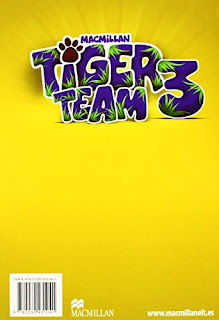
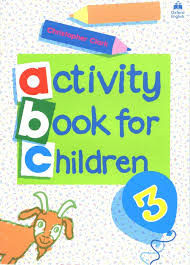
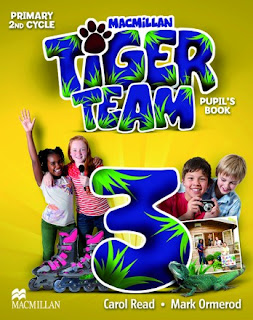
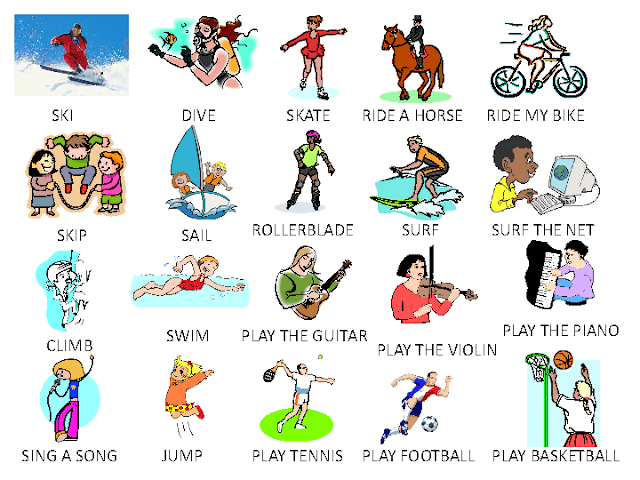


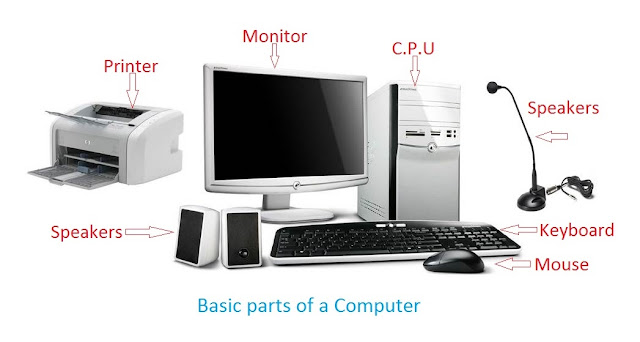

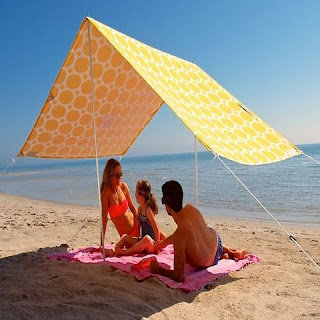













No hay comentarios:
Publicar un comentario